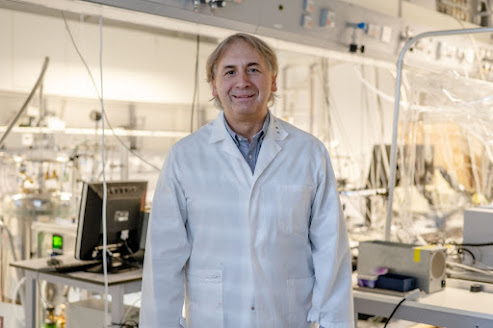Scientists have labored for decades to understand how brain structure and functional connectivity drive intelligence. Researchers report a new analysis offers the clearest picture yet of how various brain regions and neural networks contribute to a person’s problem-solving ability in a variety of contexts, a trait known as general intelligence, researchers report.
They detail their findings in the journal Human Brain Mapping.
The study used “connectome-based predictive modeling” to compare five theories about how the brain gives rise to intelligence, said Aron Barbey, a professor of psychology, bioengineering and neuroscience at the University of Illinois Urbana-Champaign who led the new work with first author Evan Anderson, now a researcher for Ball Aerospace and Technologies Corp. working at the Air Force Research Laboratory.
“To understand the remarkable cognitive abilities that underlie intelligence, neuroscientists look to their biological foundations in the brain,” Barbey said. “Modern theories attempt to explain how our capacity for problem-solving is enabled by the brain’s information-processing architecture.”

.jpg)





.jpg)




.jpg)
.jpg)
.jpg)


.jpg)

.jpg)
.jpg)

.jpg)

.jpg)










.jpg)
.jpg)


.jpg)









.jpg)
